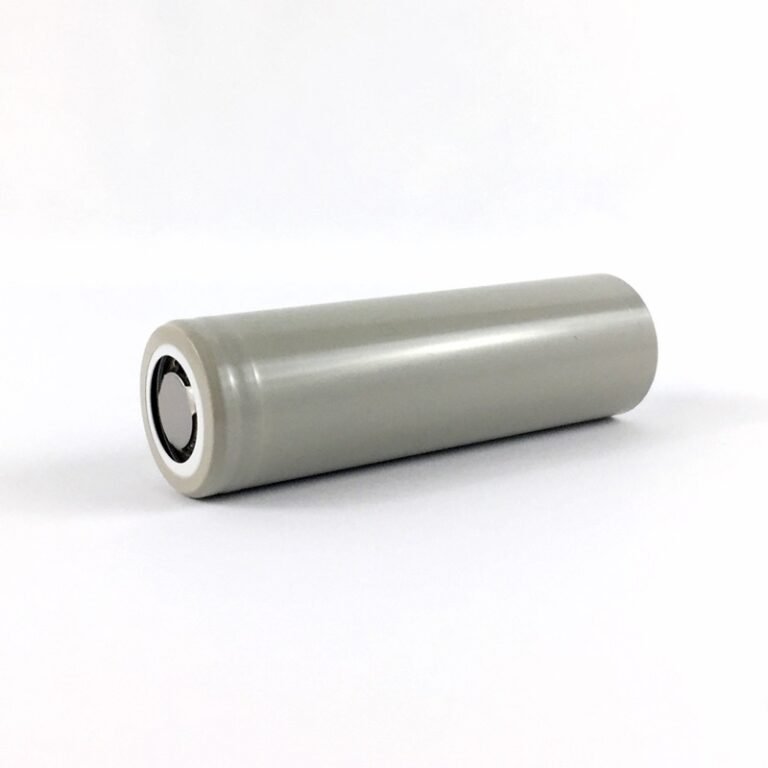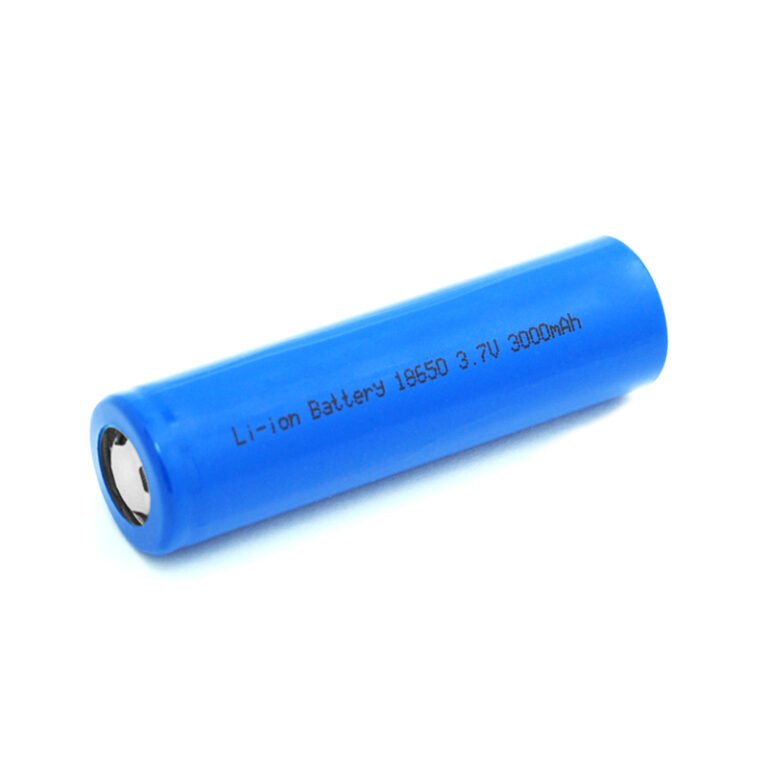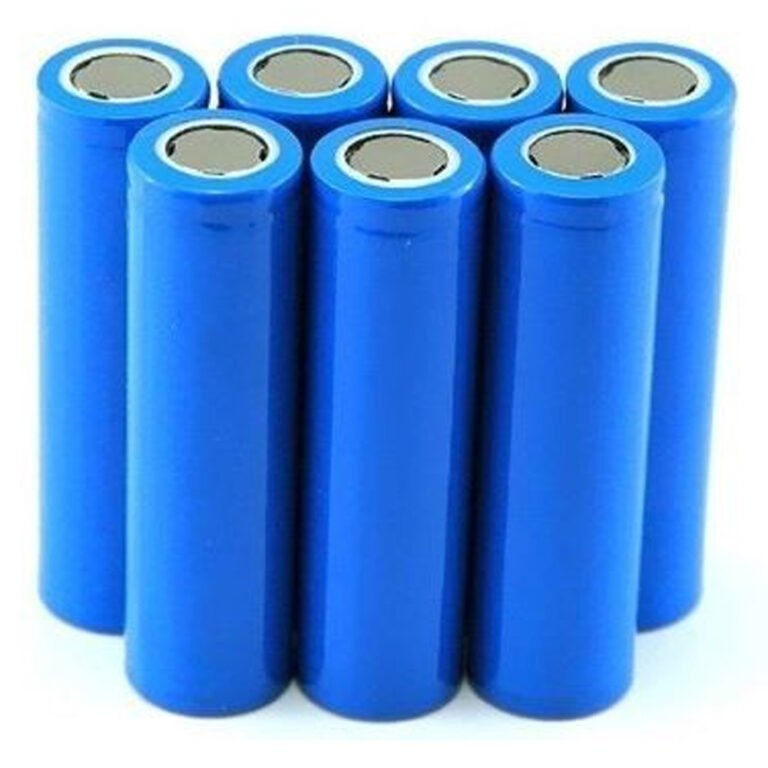Lithium-ion batteries have become ubiquitous in our modern world, powering everything from smartphones and laptops to electric vehicles and grid storage systems. The production process of lithium-ion batteries is complex and involves several steps, each of which plays a crucial role in determining the performance and safety of the final product. In this article, we will explore the production process of lithium-ion batteries in detail.
Step 1: Raw Material Extraction and Preparation
The first step in the production of lithium-ion batteries is the extraction and preparation of raw materials. The key components of a lithium-ion battery include a cathode, an anode, a separator, and an electrolyte. The cathode is typically made of lithium cobalt oxide (LCO), lithium nickel cobalt aluminum oxide (NCA), or lithium manganese oxide (LMO). The anode is usually made of graphite, while the separator is a thin layer of microporous polymer film. The electrolyte is a liquid or gel-like substance that facilitates the movement of ions between the cathode and anode.
The raw materials for lithium-ion batteries are sourced from all over the world, with significant deposits of lithium found in South America, Australia, and China. Once the raw materials are extracted, they are processed to remove impurities and prepare them for use in battery production.
Step 2: Mixing and Coating
The next step in the production process is mixing and coating. The cathode, anode, and separator are all coated with a thin layer of active material, which enhances their ability to store and release energy. The active material is typically mixed with a binder, which helps to hold it together and improve adhesion to the electrode surface.
The coating process involves several steps, including mixing the active material with the binder, applying it to the electrode surface, and then drying and curing the coated electrode. The thickness and uniformity of the coating are critical factors in determining the performance of the final battery.
Step 3: Cell Assembly
The coated electrodes are then assembled into a cell, which is the basic building block of a lithium-ion battery. The cell consists of a cathode, an anode, and a separator, which are stacked on top of each other and wound tightly into a cylindrical shape. The wound electrode stack is then inserted into a metal canister and filled with the electrolyte.
The final step in cell assembly is sealing the canister to prevent leakage and contamination. The sealed cell is then tested for quality and performance.
Step 4: Battery Pack Assembly
Once the cells are assembled and tested, they are ready for integration into a battery pack. The battery pack consists of multiple cells connected in series or parallel to achieve the desired voltage and capacity. The cells are usually arranged in a rigid or flexible matrix and surrounded by a protective casing.
The battery pack also includes a battery management system (BMS), which monitors and controls the charging and discharging of the battery. The BMS ensures that the battery operates within safe limits and prolongs its lifespan.
Step 5: Testing and Quality Control
The final step in the production process is testing and quality control. Each battery pack undergoes rigorous testing to ensure that it meets the specified performance and safety standards. The testing includes electrical performance testing, environmental testing, and safety testing.
The testing process is critical in ensuring that the battery pack is safe and reliable, especially in applications where failure could have catastrophic consequences, such as in electric vehicles and grid storage systems.
Conclusion
In conclusion, the production process of lithium-ion batteries is complex and involves several steps, each of which plays a critical role in determining the performance and safety of the final product. From raw material extraction to battery pack assembly and testing, each step requires precision and attention to detail. As demand for lithium-ion batteries continues to grow, it is essential
Related Articles
- The disparity between lithium ion batteries
- 18650 Lithium Ion Battery Cell 3000mAh 3C 5C 500 Cycles
- 3.7V 5000mAh 3C 21700 Rechargeable Lithium Ion Battery Flat Top INR21700 Li Ion
- Samsung 18650 30Q 3000mAh 15A Rechargeable Lithium ion Battery Cell INR18650 3.7V for Flashlight Vape E-bike






